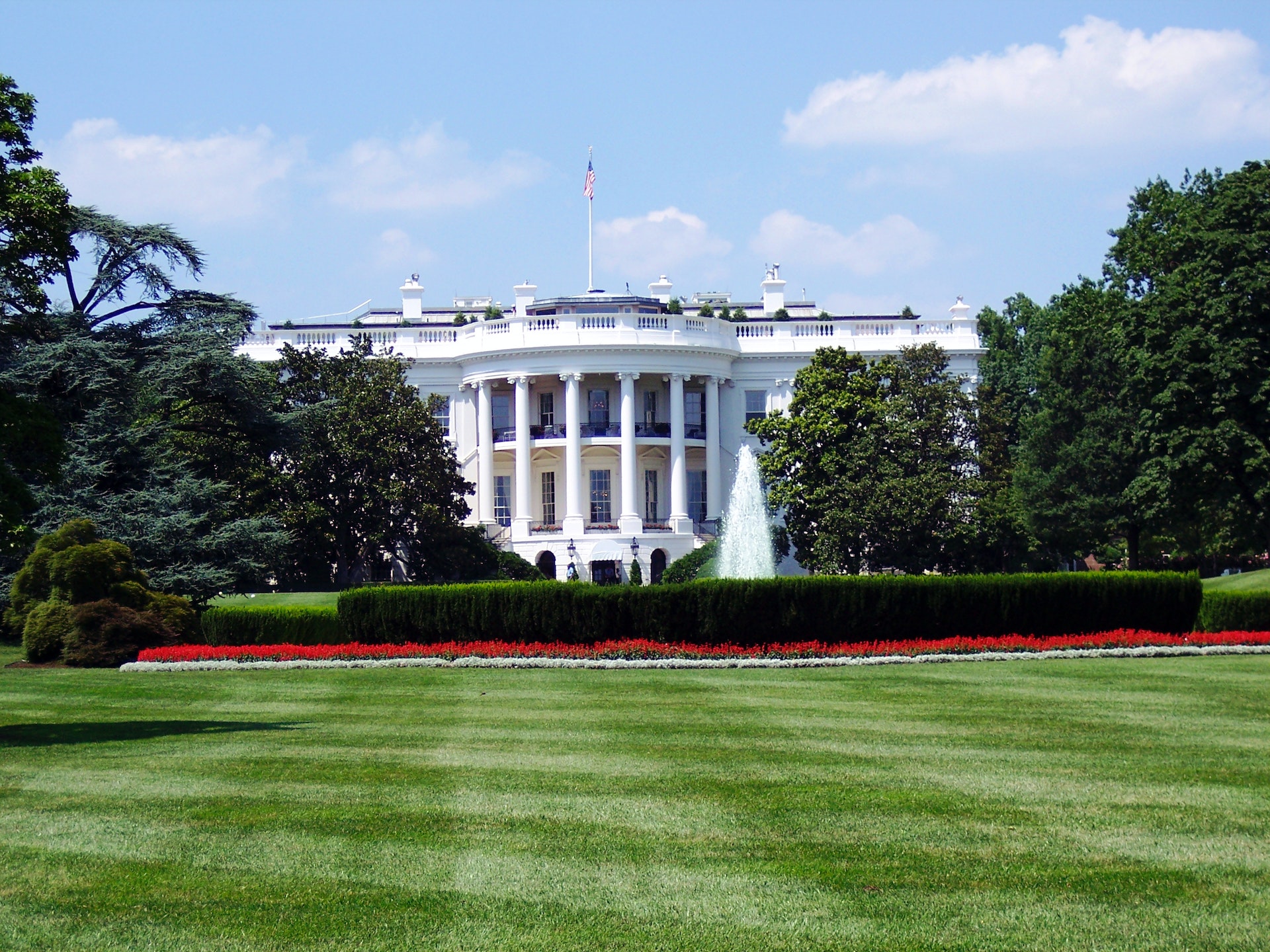Ways To Get Forgiveness If Biden's Plan Fails
As student loan debt in the US continues to rise, with an estimated 43.8 million borrowers currently owing over $1.6 trillion, many hope for relief under President Biden's proposed student loan debt cancellation plan.
Author:Hajra ShannonReviewer:Paula M. GrahamMay 09, 20237 Shares724 Views

As student loan debt in the US continues to rise, with an estimated 43.8 million borrowers currently owing over $1.6 trillion, many hope for relief under President Biden's proposed student loan debt cancellation plan.
If the plan is allowed to be implemented, pending a ruling from the Supreme Court, it would help millions of borrowers with federal student loan debt, but there is no guarantee that the plan will go into effect.
However, regardless of what the Supreme Court decides about the constitutionality of President Biden’s plan, there are alternative student loan forgiveness programthat can help borrowers find relief. Let's explore different potential paths to student loan forgiveness—even if President Biden's proposed plan fails to be implemented:
Public Service Loan Forgiveness (PSLF)
To be eligible for PSLF, you must work full-time for a qualifying nonprofit organization or a US government organization at any level—federal, state, tribal, local—including the US Military. As part of the program, you’re required to make 120 qualifying payments (equal to ten years of monthly payments) on your Federal Direct Loans while enrolled in an income-driven repayment (IDR) plan.
If you are not yet enrolled in a qualifying IDR plan, you could still become eligible if you consolidate other federal student loans into a Federal Direct Loan and start making income-driven payments as soon as possible.
Income-Driven Repayment Plans (IDR)
Unlike PSLF, you can work in the private sector and be eligible for forgiveness through an IDR plan. Under an IDR plan, your monthly student loan payments are based on a percentage of your discretionary income, not on how much you owe.
There are four popular IDR plans, including:
- Income-Based Repayment (IBR)
- Pay As You Earn (PAYE)
- Revised Pay As You Earn (REPAYE) and;
- Income Contingent Repayment (ICR).
Each plan offers different advantages and benefits for different lifestyles and financial situations, but they all calculate your payments based on your adjusted gross income and family size, and you can switch into a different IDR plan whenever your circumstances change. Consider researching each IDR option to find the one that best suits your financial situation. Depending on which plan you select, you could have your remaining student loan balance forgiven after 20 or 25 years.
Professionals That Qualify for Student Loan Forgiveness Programs
Doctors
For doctors, another potential path to student loan forgiveness is through the National Health Service Corps (NHSC) Loan Repayment Program (LRP)which provides loan repayment assistance to medical professionals who agree to work in underserved areas for at least two years following graduation.
Applicants must be trained and licensed to qualify, in addition to working at an approved NHSC site. You must also be willing to practice full-time in an area with few healthcare professionals available due to shortages or high costs.
The NHSC offers up to $50,000 for two full-time years of work. For additional funding, you can apply for a continuation contract.
Nurses
Through this program, nurses could receive up to 85% of their unpaid nursing student loan balance in exchange for working full-time in a designated Health Professional Shortage Area.
The NCLRP pays 60% of your total outstanding, qualifying nursing education loans over two years—if you continue to a third year, you may be eligible for an additional 25%.
Teachers
Teacher Loan Forgivenessis a federal program that forgives up to $17,500 on direct subsidized and unsubsidized loans.
You may qualify if you teach full-time for five complete and consecutive academic years in a low-income school or educational service agency and meet other qualifications.
Lawyers
The US Department of Justice offers lawyers several student loan forgiveness programs—the John R. Justice Student Loan Repayment Program and the Attorney Student Loan Repayment Program (ASLRP).
The John R. Justice program is available to state prosecutors and public defenders who agree to practice in their field for at least three years after receiving their degree. The ASLRP is open to all lawyers who work in government or nonprofit organizations, including many private law firms that do pro bono work.
Both programs offer up to $60,000 towards student loan repayment over six years, depending on need and availability.
Bottom Line
For specialized professionals, there are several options for student loan forgiveness to consider. While borrowers wait and see if President Biden’s proposed student loan debt cancellation plan will be permitted to go into effect, there are other steps toward potential forgiveness that you can take now.
Understanding your options is vital—whether it's qualifying for PSLF, enrolling in an IDR plan, or applying for a professional loan forgiveness program. If you're looking for a way out from under your student loan debt, consider these options closely or speak to a student loan specialistwho can guide you to the right program.

Hajra Shannon
Author

Paula M. Graham
Reviewer
Latest Articles
Popular Articles